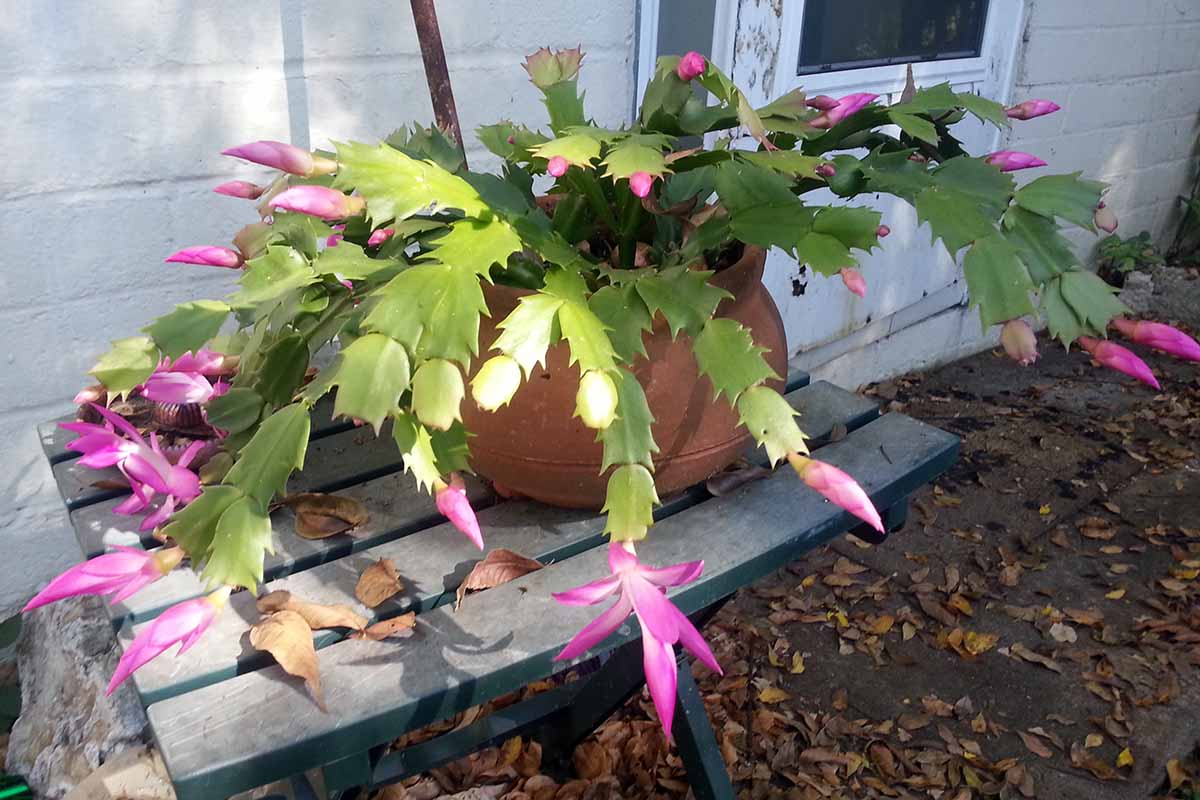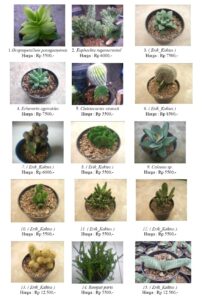Christmas Cactus, scientifically known as Schlumbergera, is a beloved succulent known for its vibrant, festive blooms. While traditional wisdom suggests that this plant thrives indoors, it is indeed plausible for your Christmas Cactus to flourish outdoors under the right conditions. The following guide offers comprehensive insights into effectively cultivating the Christmas Cactus in an outdoor setting, ensuring you get the most from this exquisite plant.
Understanding the Optimal Environment
Before you move your Christmas Cactus outdoors, it is crucial to comprehend its natural habitat and environmental preferences. In the wild, these plants are typically found in the tropical rainforests of Brazil, where they grow in the understory, often nestled within the crevices of trees. This context provides critical clues regarding their light and temperature requirements.
Christmas Cactus thrives in bright but indirect sunlight. Harsh, direct sunlight can lead to scorched leaves, whereas insufficient light may result in sparse flowering. It is essential to locate a spot that filters sunlight effectively—dappled light under trees or a shaded patio area can be ideal. Additionally, consider the temperature; these cacti prefer temperatures ranging from 60°F to 70°F (15°C to 21°C) during the day and slightly cooler conditions at night.
Watering Practices: Finding the Balance
Watering is a critical element in the care of Christmas Cactus, particularly when grown outdoors. Unlike many succulents, which thrive in dry soil, Christmas Cactus prefers a moderately moist environment. Overwatering can lead to root rot, while underwatering can cause the plant to wilt. The key is to maintain a delicate balance.
Check the soil moisture regularly by inserting your finger about an inch into the soil. If it feels dry at that depth, it is time to water. Water thoroughly until the excess drains out of the pot’s bottom. It is best to use a well-draining potting mix to prevent water from pooling at the bottom. Furthermore, outdoor watering should typically occur beneath the canopy of foliage, ensuring the plant receives the right amount without being subjected to excessive rain or sun.
Temperature Considerations and Frost Protection
One of the greatest challenges of growing Christmas Cactus outdoors is protecting it from extreme temperature fluctuations. Although these plants can tolerate a range of temperatures, they are sensitive to frost. If nighttime temperatures are likely to drop below 50°F (10°C), it is advisable to bring your Christmas Cactus indoors or provide adequate insulation. This can be accomplished by covering the plant with frost cloths or bringing the container inside.
The acclimatization process is equally important. If your Christmas Cactus has been indoors for an extended period, gradually acclimate it to outdoor conditions. Begin by placing the cactus in a sheltered location for a few hours each day, gradually increasing the duration over a week or two. This method minimizes shock and prepares the plant for the outdoor elements.
Fertilization for Healthy Growth
To promote buoyant growth and vibrant flowers, regular fertilization is necessary. Outdoor Christmas Cacti can benefit from a diluted, balanced liquid fertilizer during the growing season, which spans from spring through early summer. Fertilizers that have equal ratios of nitrogen, phosphorus, and potassium (like a 20-20-20 mix) work well. Avoid fertilizing during the winter months when the plant is dormant.
When applying fertilizer, always follow the instructions on the package to prevent over-fertilization, which can lead to salt build-up in the soil and harm the plant.
Pest Management: Safeguarding Your Plant
Outdoor environments can introduce a plethora of pests, which may pose a threat to the health of your Christmas Cactus. Aphids, mealybugs, and spider mites are among the most common pests that could infest your cactus. Regular inspections are essential. Look for signs such as a sticky residue or visible pests on the plant.
Should you detect pests, employ natural pest control methods whenever possible. Spraying neem oil or insecticidal soap can be effective. These solutions not only mitigate harmful insects but are also gentler on the plant than harsh chemical alternatives. Always test any treatment on a small portion of the plant first to ensure there is no adverse reaction.
Flowering Outdoors: Encouraging Blossoms
One of the most enchanting aspects of the Christmas Cactus is its magnificent bloom. To encourage prolific flowering, ensure your cactus receives adequate rest in the dormancy phase, typically between late summer and fall. During this period, reduce watering and avoid fertilizing. The plant should experience cooler temperatures and less light for about six weeks. After this rest period, you can resume regular care, and you may be rewarded with delightful blooms around the holiday season.
Final Thoughts
In conclusion, while growing a Christmas Cactus outdoors presents unique challenges, the rewards can be immensely satisfying. By understanding its environmental needs, managing watering and fertilization, protecting against frost and pests, and allowing for a proper dormancy phase, you can cultivate a thriving Christmas Cactus that will bring joy and beauty to your outdoor space. With patience and care, this vibrant plant can become a stunning addition to your garden, blooming magnificently as your winter celebration approaches.




Leave a Comment